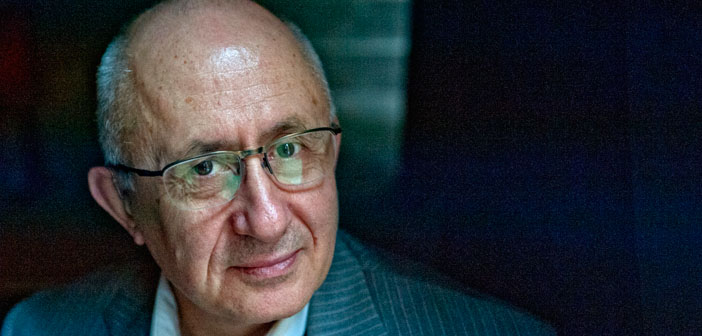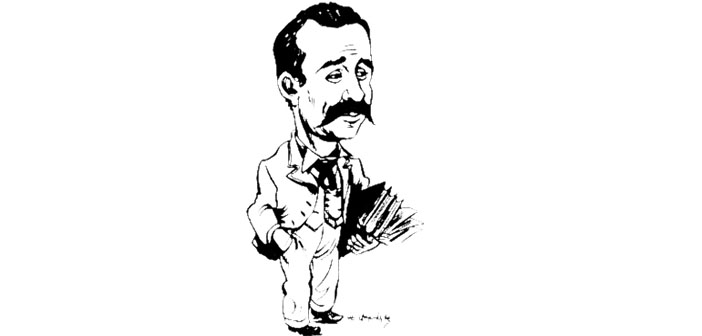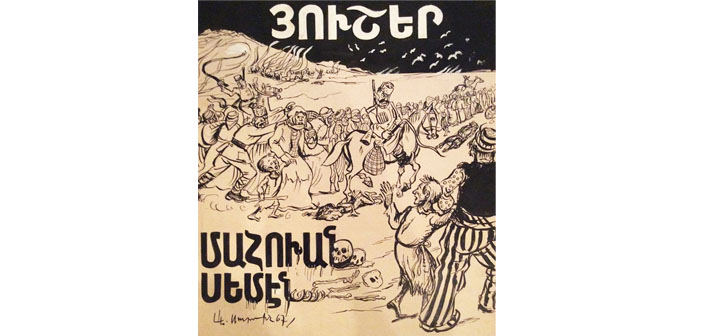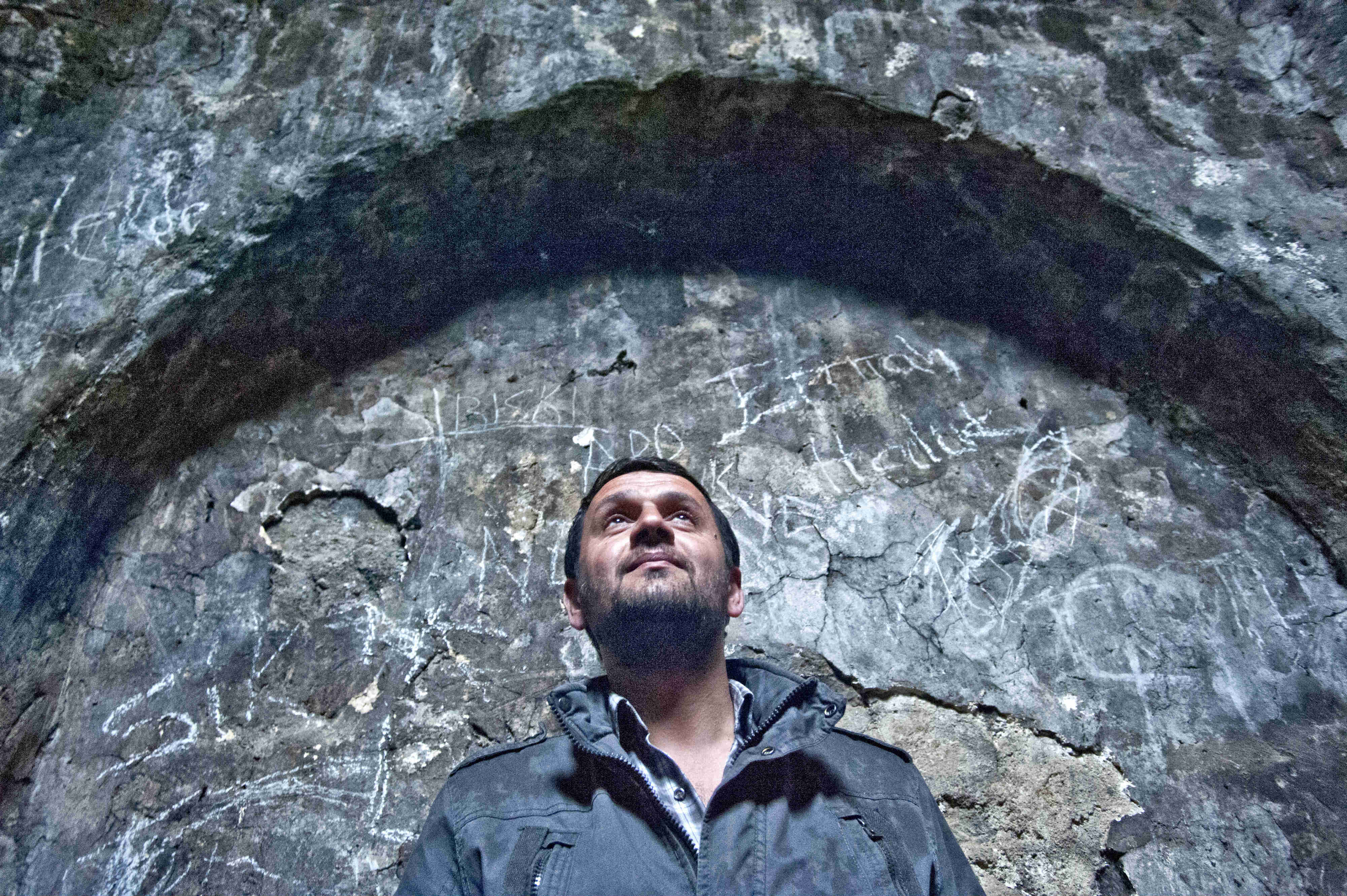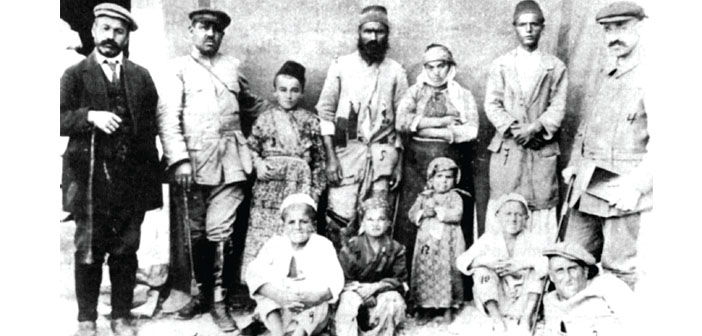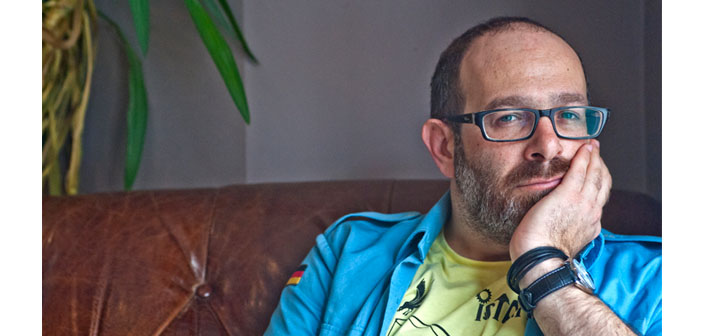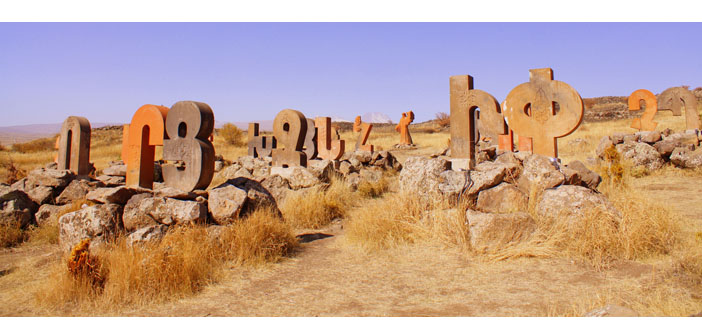ORTA SAYFA
Are “Talat Pasha Telegrams” real?
Prof. Dr. Taner Akçam, in his recent book, published the memoirs of Naim Bey, who played an important part in the historiography of the Armenian Genocide and whose existence had been denied. With this book, Prof. Akçam responded the claims and broke a new ground in the historiography of the Armenian Genocide.
“I think, it is essential to understand why there are Armenians living in Romania”
Romanian photojournalist Anreea Tanase’s “Armenians in Romania” project was presented by interviews, book launches and photo exhibitions in Bucharest, Cluj-Napoca, Yerevan, Gyumri. We talked to Tanase about her journey to the history of Armenians living in her country and her work, in which the traces of genocide from past to present is documented.
Castigat ridendo mores* or Hagop Baronyan on the 125th anniversary of his death
Baronyan had always been running counter to Armenian clergy and elites whom he criticized satirically, and he lived in reduced circumstances because of his conflict with those circles which, in Baronyan's opinion, had been managing the economic resources of the society in accordance with their own interests. Even when he found out that he got tuberculosis at the age of 45, he hadn't given up resisting. (*a Latin phrase meaning “one corrects customs by laughing at them", which was used by French poet Jean-Baptiste Santeul (1630-1697) for the first time.)
Armenian Genocide recorded in historical drawings
Killings of Armenian people in Anatolia started in 1890 and reached its peak in 1909 Adana Massacre and 1915 Armenian Genocide. This tragic history is not only recorded by witnesses, but also by the striking caricatures published in the newspapers and humor magazines. On the occasion of 101st anniversary of the genocide, here is a collection of such caricatures selected by caricaturist-artist Vrej Kassouny.
Did the ember fall on the 'Giaour neighborhood' as well?
The debates that started after the urgent expropriation decision, which involves the churches in Diyarbakir, made the history of Sur, Suriçi a current issue. Having an important role in the history of Anatolian Armenians and Christians, Diyarbakir, and especially Suriçi, have been at the center of such practices throughout its history. Zakarya Mildanoğlu tells about the story of Suriçi churches and the expropriation history of Diyarbakir.
"Needlework styles in Ayıntab, Ourfa and Marash indicates that Armenian culture is a whole"
Following artist and researcher Hradzan Tokmakjian, we look at the needlework that women from Marash, Ourfa and Ayıntab, who survived the genocide and managed to go to Aleppo, brought with them, the differences between the needlework styles of 3 cities, the changes in those works in 100 years and the craft that mothers have been teaching to their daughters.
Hodorçur: where lost spirits still wander around
We interviewed with Nubar Gianighain about his father Raffaele Gianighain's book on his homeland Hodorçur on the occasion of its publication in Turkey.
Armenian is not a foreign language to be learned later!
On the occasion of February 21 International Mother Language Day, we talked to philologist and Jamanak newspaper editor Sevan Değirmenciyan, who is also Armenian teacher in Pangaltı Mıhitaryan High School, about the importance of Western Armenian for Armenians in Turkey.
Hayeren right now!
On the occasion of February 21 International Mother Language Day, we focused on the initiatives working for making Western Armenian a living language. We spoke to Ani Garmiryan, who is responsible for the "Promotion of Western Armenian" program of Gulbenkian Foundation.


